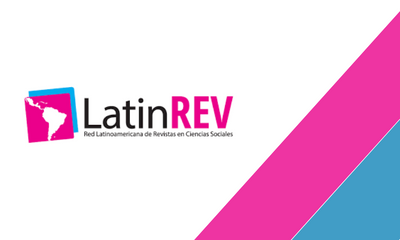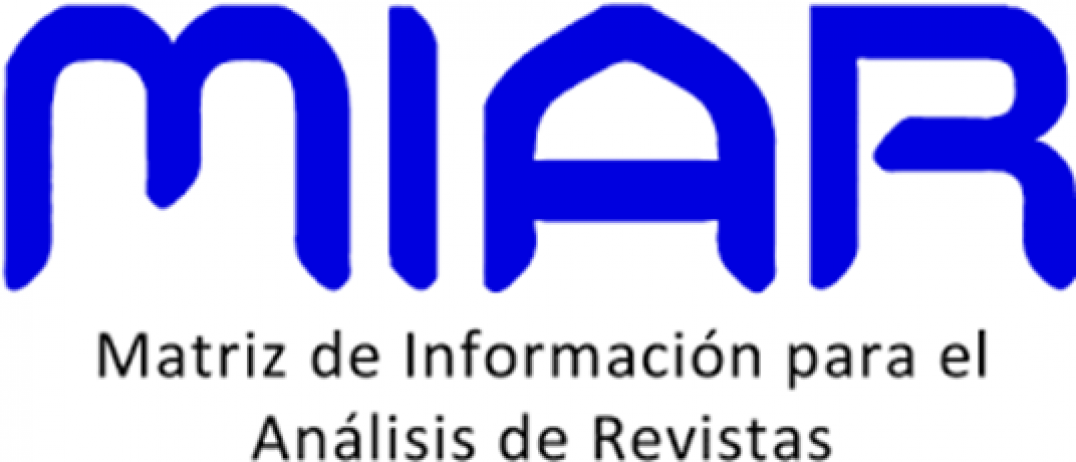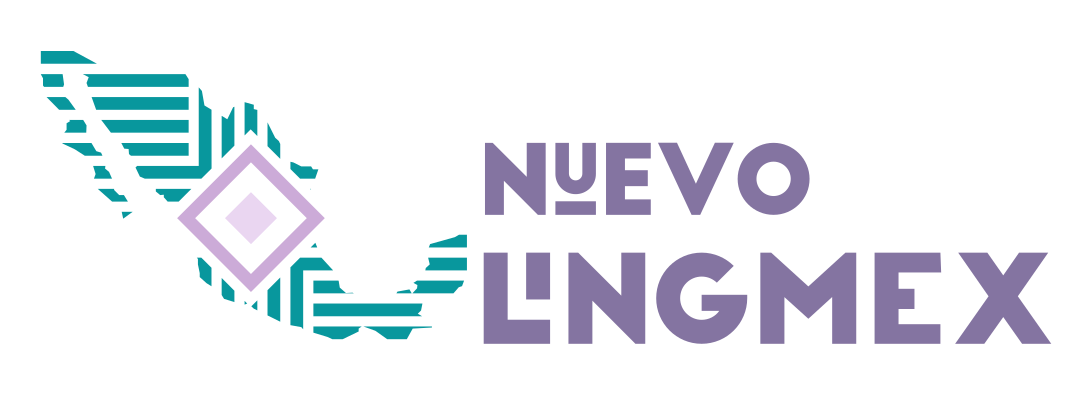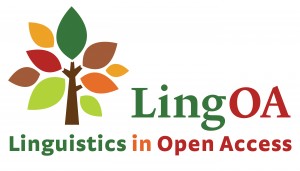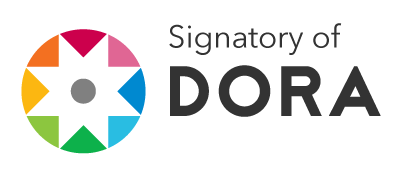Revisiting Learning Autonomy: From Theory to Teaching Practice
DOI:
https://doi.org/10.32870/vel.vi20.184Keywords:
Autonomous learning, Autonomy, Learning environment, Learning strategies, Learning stylesAbstract
Aiming at teachers who work in the learning-teaching foreign languages area, to know or review, and incorporate concepts of autonomy and autonomous learning, and above all, to implement them in their teaching practice, we have carried out a pertinent literature review. Therefore, we revisited terms such as: autonomy; autonomous, semi-autonomous, self-directed, semi-directed learning, as well as learning environments, styles and strategies. The term autonomous learning is reviewed from the definition that Holec provided in 1981, in which students are in charge of everything related to their learning process; then we revised the model approach to autonomy, suggested by Morrison and Navarro in 2014, in which students choose how they want to learn and what to do after class time; until we get to Peña and Cosi, who in 2017, identify self-regulation as a process that implies previous self-reflection and self-criticism. As previously mentioned, some conceptions arisen in the middle and some others related to autonomous learning are also explored. We must mention that, throughout the execution of such conceptions, they have been modified and adapted according to the actual contexts in which they have been implemented. This evolution seems to allow that, even in established education systems and in any learning environment, achieving certain level of autonomy in learning becomes feasible.
Downloads
Metrics
References
Allueva, P. (2002). “Conceptos básicos sobre la metacognición”. En Allueva P., Desarrollo de habilidades metacognitivas: programa de intervención. Consejería de Educación y Ciencia. Diputación General de Aragón, 59-85. https://ice.unizar.es/sites/ice.unizar.es/files/users/leteo/materiales/concepto-de-metacognicion-pallueva.pdf
Bahamón J. H. (2000). El aprendizaje individual permanente: ¿cómo lograr el desarrollo de esta capacidad de los estudiantes? Cartilla Docente. Centro de Recursos para el aprendizaje. Universidad ICESI.
Barber, A. T., Gallagher, M., Smith, P., Buehl, M. M., y Beck, J. S. (2016). Examining Student Cognitive and Affective Engagement and Reading Instructional Activities: Spanish-Speaking English Learners’ Reading Profiles. Literacy Research and Instruction, 55(3), 209–236. https://doi.org/10.1080/19388071.2016.1167987
Beltrán, C., Fontalvo, L., y Guzmán, J. (2012). Ambientes de aprendizaje. colectivoticyambientes.pbworks.com. http://colectivoticyambientes.pbworks.com/w/file/fetch/60468735/Avance%201.pdf
Benson, P. y Toogood, S. (Eds.) (2002). Learner autonomy 7: Challenges to Research and Practice. Authentik.
Breen, M. y Mann, S. (1997). Shooting arrows at the sun: Perspectives on a pedagogy for autonomy. En Benson y Voller, P. (Eds.). Autonomy and independence in language learning. Longman
Cárcel Carrasco, F.J. (2016). Desarrollo de habilidades mediante el aprendizaje autónomo. 3C Empresa, investigación y pensamiento crítico, 5(3), 54-62. DOI:
http://dx.doi.org/10.17993/3cemp.2016.050327.63-85/.
Cerezo, M., Casanova, P., De la Torre, M., y De la Villa, M. (2015). Estilos educativos paternos y estrategias de aprendizaje en alumnos de educación secundaria. European Journal of Education and Psychology, 4(1), 51-61. Recuperado de: https://formacionasunivep.com/ejep/index.php/journal/article/view/63/88
Collins, R. y Hammond, M. (1991). Self-directed learning. Critical Practice. Kogan Page.
Cotteral, S. (1995). Developing a course strategy for learner autonomy. ELT Journal, 49(3).
Dam, L. (2001). Learner Autonomy 3: From Theory to Classroom Practice. Authentik.
Dang, T. (2012). Learner autonomy: A synthesis of theory and practice. The Internet Journal of Language, Culture, and Society, 35(1), 52-67.
De Pablo, P., y Trueba, B. (1994). Espacios y recursos para ti, para mí, para todos. Madrid, Escuela Española.
Dickinson, L. (1987). Self-instruction in Language Learning. Cambridge University Press.
Duarte, Duarte, J. (2003). Ambientes de aprendizaje. Una aproximación conceptual. Revista Iberoamericana De Educación, 33(1), 1-18. https://doi.org/https://doi.org/10.35362/rie3312961
Esteban, M., y Zapata, M. (2016). Estrategias de aprendizaje y eLearning. Un apunte para la fundamentacio?n del disen?o educativo en los entornos virtuales de aprendizaje. Revista de Educacio?n a Distancia, 50(15) 1-12. https://revistas.um.es/red/article/view/23941
Fariñas León, G. (2004). Maestro para una didáctica de aprender a aprender. Editorial Pueblo y Educación.
Fredricks, J. A., Blumenfeld, P. C., y Paris, A. H. (2004). School Engagement: Potential of the Concept, State of the Evidence. Review of Educational Research, 74(1), 59–109. https://doi.org/10.3102/00346543074001059
González, J. H. (2000). El proyecto Educativo de la Universidad Icesi y el Aprendizaje Activo. (2º ed.). Cartilla Docente. Universidad ICESI.
González, O., y Flores, M. (2000). El trabajo docente: enfoques innovadores para el diseño de un curso. Trillas.
Han, L. G. (2013). Research on university EFL teachers’ pedagogical knowledge for the development of learner autonomy. Modern Education Press.
Han, L. G. (2014). Teacher’s role in developing learner autonomy: A literature review. International Journal of English Language Teaching, 2, 21-27. https://doi.org/10.5430/ijelt.v1n2p21
Herrera-Diaz, L. (2010). Self-access language learning. Students’ perceptions of and experiences within this new mode of learning. Veracruz: Universidad Veracruzana. Biblioteca Digital de Humanidades. https://www.uv.mx/bdh/files/2012/10/self-access-language-learning.pdf
Holec, H. (1981). Autonomy and Foreign Language Learning. Pergamon.
Hunsen y Postlethwait (1989). Enciclopedia Internacional de la Educación, Vol. 1. Madrid, Ministerio de Educación y Ciencia/Ed. Vicens-Vives.
Little, D. (1991). Learner Autonomy 1: Definitions, Issues and Problems, Dublin: Authentik.
Lobato Fraile, C. (2006). El estudio y trabajo autónomo del estudiante, en De Miguel, M. (dir.). Métodos y Modalidades de enseñanza centradas en el desarrollo de competencias. Alianza Universidad. https://www.uaem.mx/sites/default/files/facultad-de-medicina/descargas/aprendizaje-autodirigido.pdf
Morrison, B. y Navarro, D. (2014). The Autonomy Approach in Language Learning. En Burghall, M. (ed.), The Autonomy Approach: Language Learning in the Classroom and Beyond. Delta Publishing.
Osses Bustingorry, S., y Jaramillo Mora, S. (2008). Metacognicio?n: un camino para aprender a aprender. Estudios pedago?gicos (Valdivia), 34(1), 187–197. https://doi.org/10.4067/S0718-07052008000100011
Peña, C., y Cosi, E. (2017). Relación entre las habilidades de pensamiento crítico y creativo y el aprendizaje autónomo en estudiantes de la Facultad de Ciencias Matemáticas. Pesquimat, 20(2), 37 – 40. Doi: http://dx.doi.org/10.15381/pes.v20i2.13965
Pintrich, P. R., y de Groot, E. V. (1990). Motivational and self-regulated learning components of classroom academic performance. Journal of Educational Psychology, 82(1), 33–40. https://doi.org/10.1037/0022-0663.82.1.33
Pozo, J. I., y Monereo, C. (1999). El aprendizaje estratégico. Aula XXI- Santillana.
Reinders, H. (2000). A learners’ Perspective on Learner Autonomy and Self-Access Language, Ma Thesis. University of Groningen, the Netherlands.
Rivas Navarro. M. (2008). Procesos cognitivos y aprendizaje significativo. http://repositorio.minedu.gob.pe/bitstream/handle/20.500.12799/4809/Procesos%20cognitivos%20y%20aprendizaje%20significativo.pdf?sequence=1&isAllowed=y
Ruiz Iglesias, M. (2000). El logro de mayor autonomía en el aprendizaje: soporte básico del proceso de municipalización de la universidad. Universidad Central "Marta Abreu" de Las Villas: Editorial Fei jóo.
Rulland, J. (2021) Metacognitive ability and autonomous learning strategy in improving learning outcomes, Journal of Education and Learning (EduLearn), 15(1), 88-96. DOI: 10.11591/edulearn.v15i1.17392
Secretaría de Educación Pública (2011). Plan de estudios 2011. Educación Básica.
Sionis, C. (1990). Let them do our job! Towards Autonomy Via Peer-teaching and Task-based Exercises, English Teaching Forum, XXVIII (1), 5-9.
Smith, R. (2008). Learner Autonomy. ELT Journal. Volume 62, Issue 4, 1 October 2008, p. 395. https://academic.oup.com/eltj/article/62/4/395/408953 https://doi.org/10.1093/elt/ccn038
Smith, R., Kuchah, K., y Lamb, M. (2017). Learner Autonomy in Developing Countries. In A. Chik et al. (eds.), Autonomy in Language Learning and Teaching. p.1. https://link.springer.com/content/pdf/10.1057%2F978-1-137-52998-5_2.pdf https://doi.org/10.1057/978-1-137-52998-5_2
Sultana, S. (2018). Need Analysis: An Invaluable Step for Successful Autonomous Learning. English Language Teaching; 11(7), 37-47. doi: 10.5539/elt.v11n7p37 URL: http://doi.org/10.5539/e lt.v11n7p37
Tetzlaff, L., Schmiedek, F. y Brod, G. (2020). Developing personalized education: A dynamic framework, Educational Psychology Review, 15(1), 88-96, DOI: 10.1007/s10648-020-09570-w
Universidad Nacional Interamericana para el Desarrollo UNID (2013). Ambientes de aprendizaje.
https://moodle2.unid.edu.mx/dts_cursos_mdl/pos/ED/AP/S08/AP08_Lectura.pdf
Velázquez Reyes, Y., Rodríguez Rodríguez, Y., y Nieves Torres, O. (2018). El aprendizaje autónomo de Lenguas Extranjeras y el uso de las Tecnologías de la Información y las Comunicaciones. Opuntia Brava, 10(1), 96-107. Recuperado de http://opuntiabrava.ult.edu.cu/index.php/opuntiabrava/article/view/59
Villalobos, E. (2006). Formación de ambientes de aprendizaje: relación de corazón a corazón. Revista Panamericana de Pedagogía. Saberes y quehaceres del pedagogo. (9). 103-113.
Wenden, A. y Rubin, J. (eds.) (1987). Learner strategies in language learning, Englewood Cliffs. Prentice Hall International.
Wenden, A. (1991) Learner Strategies for Learner Autonomy. Prentice-Hall.

Downloads
Published
Versions
- 2024-08-30 (2)
- 2022-06-01 (1)






